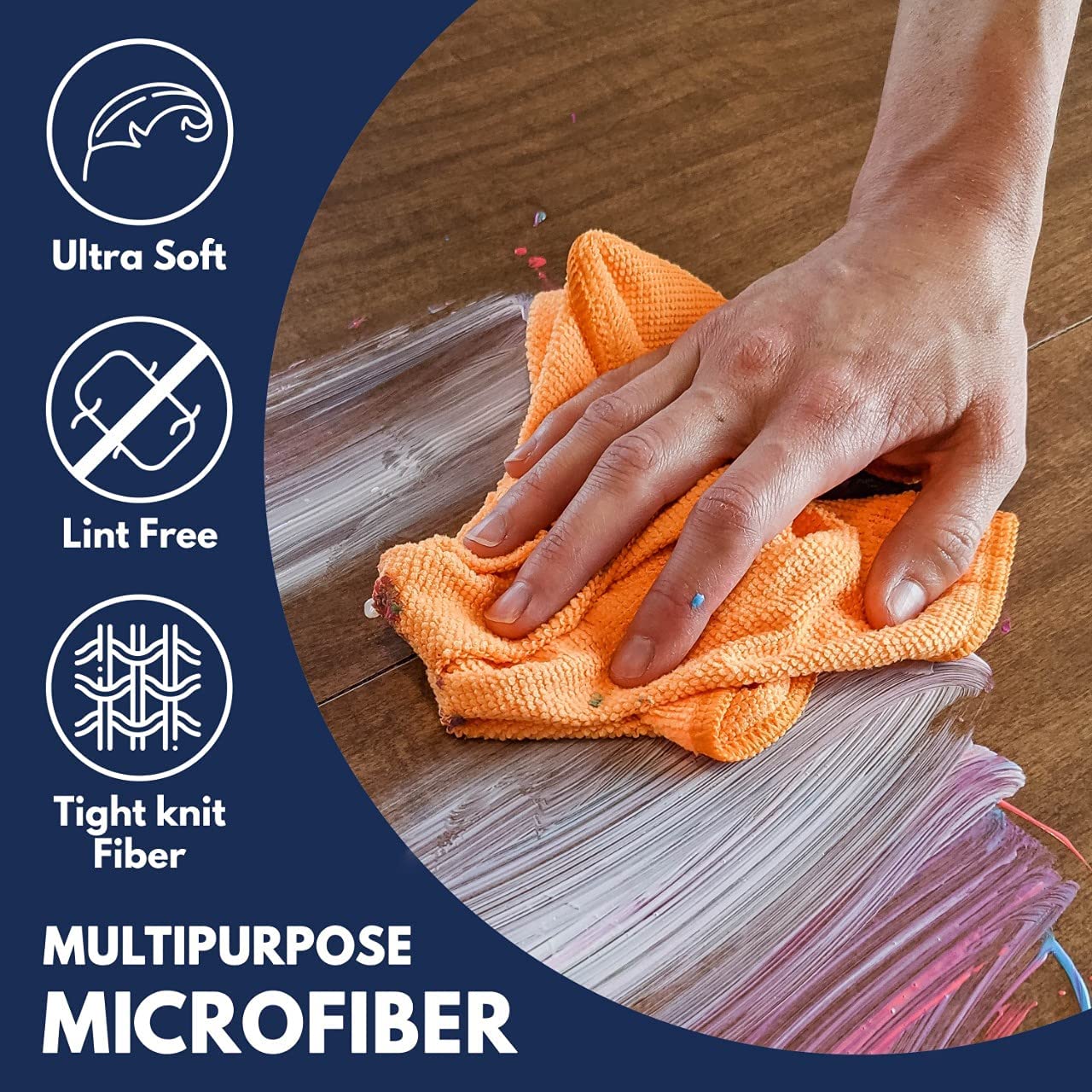1. Raw material preparation
Fiber selection: First, select the appropriate fiber material according to the product requirements, such as natural fibers such as cotton, bamboo fiber, modal or artificial fibers such as polyester.
Fiber treatment: Pre-treatment of the selected fibers, including washing, dyeing (if pre-dyeing is required), combing and other steps to ensure that the fiber quality is suitable for subsequent processing.
2. Yarn production
Spinning: The treated fibers are converted into yarn through a spinning machine. This process may involve a variety of technologies, such as ring spinning, air spinning, etc., depending on the required yarn characteristics and cost considerations.
Twisting: In order to increase the strength and durability of the yarn, the yarn is usually twisted.

3. Warp knitting process
Warping: Arrange multiple yarns in parallel and wind them onto the warp beam to ensure that the tension of each yarn is uniform and consistent, preparing for the next weaving.
Weaving: Weaving is performed using a warp knitting machine. In the warp knitting process, the yarns are interwoven with each other in a specific pattern or structure to form a fabric. For towels, this step is particularly important because it determines the density, height and distribution of the loops on the surface of the towel.
4. Finishing
Cutting: Cut the fabric according to the design requirements and remove the excess edges.
Washing and drying: Newly produced towels are usually washed and dried to remove residual chemicals and make the fibers softer and more comfortable.
Pile/cut: Some types of towels also need to be piled or cut to enhance water absorption and softness. This process involves gently pulling out or cutting the ends of the fibers with special equipment to create a fluffy effect.
Forming: The last step is to shape the towel to ensure that its shape is stable and not easily deformed.
5. Quality inspection and packaging
Quality inspection: Check whether the finished towels have uniform color, accurate size, defects, etc.
Labeling and packaging: Qualified products will be labeled with brand logos, ingredient descriptions and other relevant information, and will be properly packaged according to sales requirements.
The above is the main production process of warp knitted towels. Every link requires strict control of quality and details to ensure the high quality of the final product. With the development of technology, modern production processes are also constantly improving, aiming to improve efficiency while maintaining or even improving product quality.
Post time: Jan-17-2025

